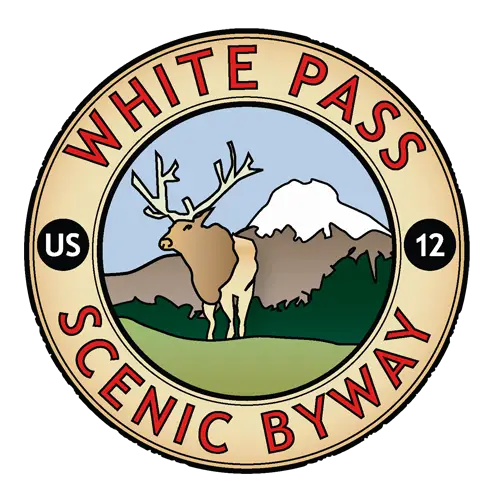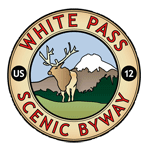Morton
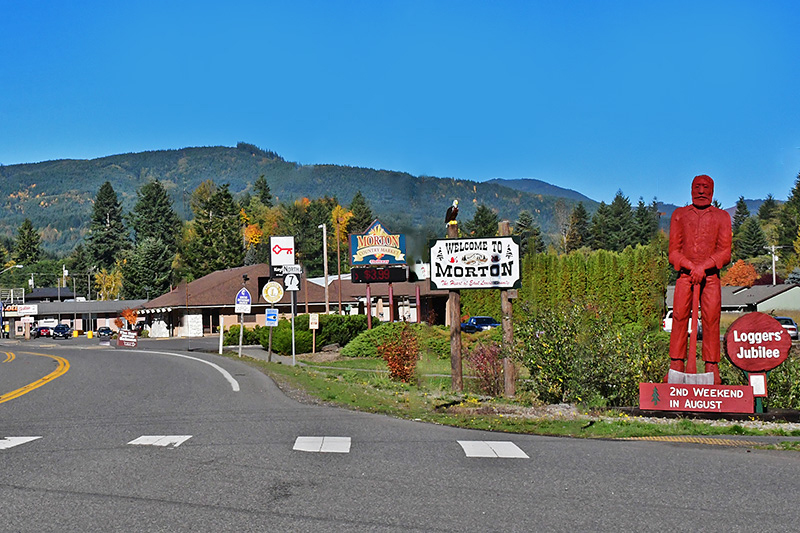
Morton lives up to its reputation as a logging town and some of the best-tasting coffee we’ve found anywhere at the Bean Tree on Main Street. Morton still has few streetlights, and though the town has changed a lot since 1911 – what hasn’t changed is its small-town personality in the best sense of the word. Some small towns feel insular, but not Morton, a pleasant blend of the new and the historic. The historic Roxy Theater (built in 1937) is but one attraction – Morton is loaded with thrift stores, a sign of boom or bust towns, and you can still hear the growl of Jake brakes as logging trucks roll through town, replacing locomotives of yore.

If you are a railroad buff, don’t miss the Morton Depot (originally built in 1910); it is in the process of being lovingly transformed into a Museum and Visitor Center, with the original railroad being the main focus. Morton was once the railroad tie capital of the world. The depot is next to the Morton Visitor Center, which opens on Memorial Day weekend.
Our timing was fortuitous; though the Morton Visitor Center had not opened its doors for the season, we stopped for photos. Here, we ran into Marc Fisher, President of the Cowlitz River Valley Historical Society, who explained the museum is still under construction. Marc is enthusiastic and happy to answer our questions as he talked about the history and restoration of the depot. Though the depot is not open, he took us on a tour of the depot with its high ceilings and windows (the windows were the depot’s original glass – old glass is indicated by a slightly wavy appearance in certain slants of light). Old furnishings have been replicated to appear like the originals.
We climbed the original steep stairs to the second floor of the depot which once served as living quarters. From the second floor, Marc pointed out a foothill named Peterman Hill, named for an early Morton resident who established the Peterbilt Truck Company.
Taidnapam Campground and Riffe Lake
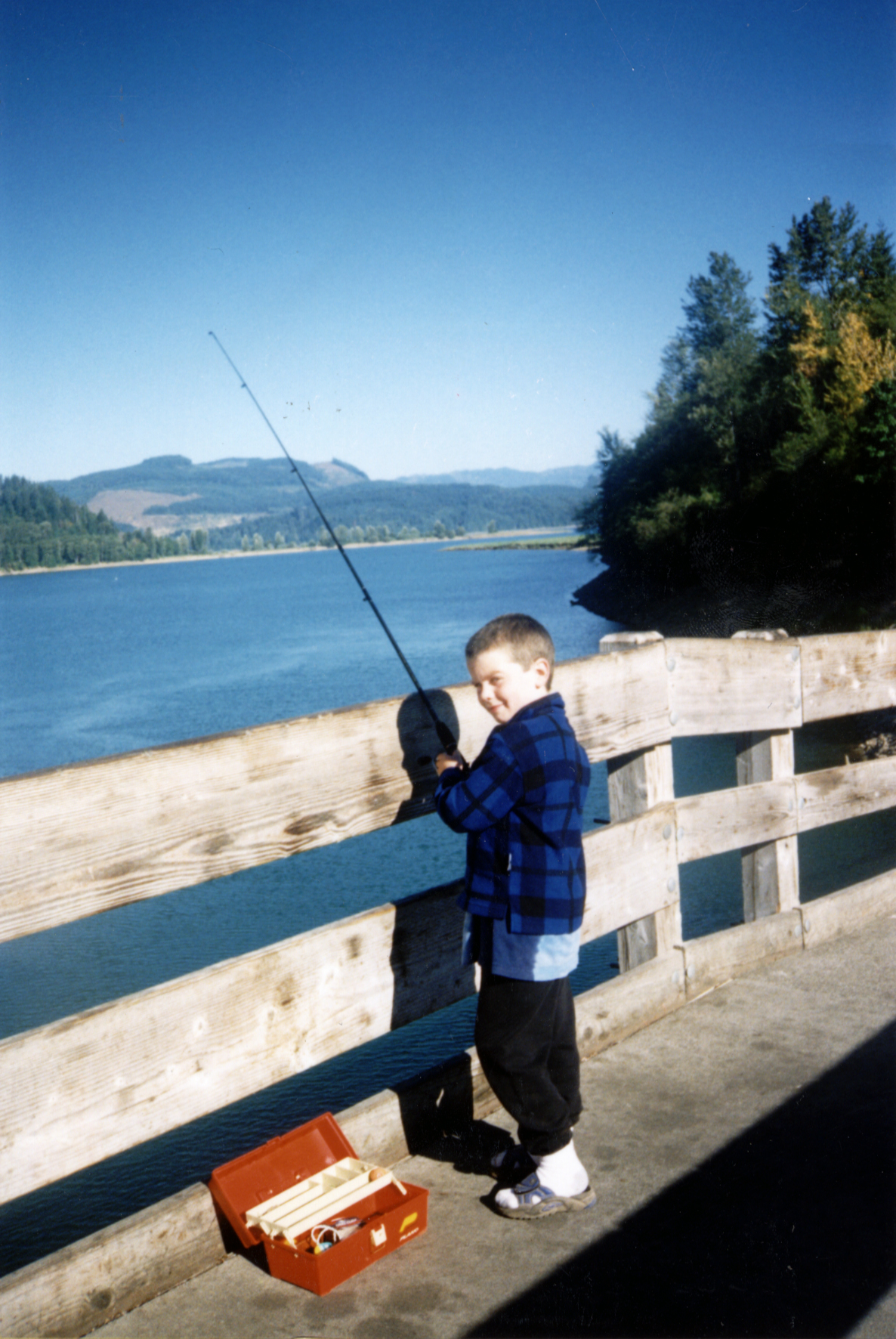
From Morton we continued east on US Highway 12 to Kosmos Road (milepost 103) where we turned right onto Kosmos Road to check out the Taidnapam Campground and Riffe Lake. From Kosmos Road, it is about 3.9 miles to the Taidnapam Campground, which is located on the shores of Riffe Lake. Riffe Lake is a man-made lake that was formed when the Mossyrock Dam was built. Though hard to picture today, under the sparkling waters of Riffe Lake lay the town sites of Kosmos and Riffe, two towns that were covered over by water when the dam was built. Purportedly, you can see parts of these town sites by boat if you know where to look. Though the 23-mile-long lake is man-made, it is a pretty lake, especially on a sunny day when the lake sparkles with highlights. The lake was named for Riffe, once a small pioneering community.
The Mossyrock Dam (completed in 1968), at over 600 feet high, is Washington’s tallest dam and today serves more than 78,000 homes in the Pacific Northwest. From the town of Mossyrock, the dam is 3 miles east on US 12, featuring a Hydrovista with an overlook and interpretive displays.
You can’t help but wonder how some towns acquire their names. We learned after a stop at the White Pass Country Museum in Packwood. Mrs. B.W. Coiner came up with the name Glenoma – “glen” from the word for valley and “oma,” a Greek word for “very fruitful.” Kosmos, another extinct settlement, was established in 1904; its heyday was in the 1940s with logging camps and mills. Kosmos was also abandoned when the Mossyrock Dam was built. An Ida Hare Coiner, known for her literary expertise, came up with the name of Kosmos (Kosmos being the Greek word for “universe”).
Packwood
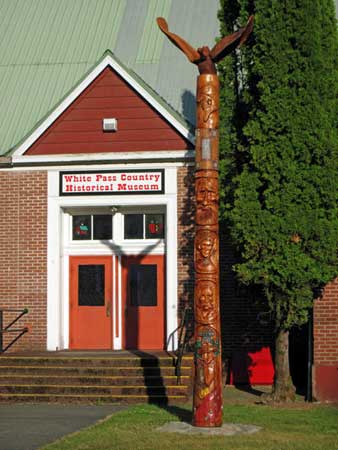
We stopped in Packwood to revisit the White Pass County Museum, which is located on the main drag through Packwood (US Highway 12). We’d stopped there before, and as we had on our first visit, we lost track of time. The volunteers who man the museum are living, breathing, talking encyclopedias of the regions history and lore. Their knowledge of the Upper Cowlitz Valley (from Kosmos to White Pass) is munificent. The museum is located in the handsome Packwood school building (built in 1939). Displays range from logging equipment to displays of pioneer life, complete with clothing, antique sewing machines, quilts (some are for sale), and old photographs, including Ohanapecosh Hot Springs, which we found especially fascinating.
For additional information on the White Pass Country Historical Society, visit their website at www.whitepasscountrymuseum.org. The museum is located at 12990 US Highway 12 in Packwood.
Between Packwood and Morton on our drive back, we passed an abandoned farm where lilacs were in bloom. We couldn’t resist stopping for a bouquet to take back to Seattle as a sweet reminder of this fascinating region, one we will return to often.
By Karen Sykes for the White Pass Scenic Byway
